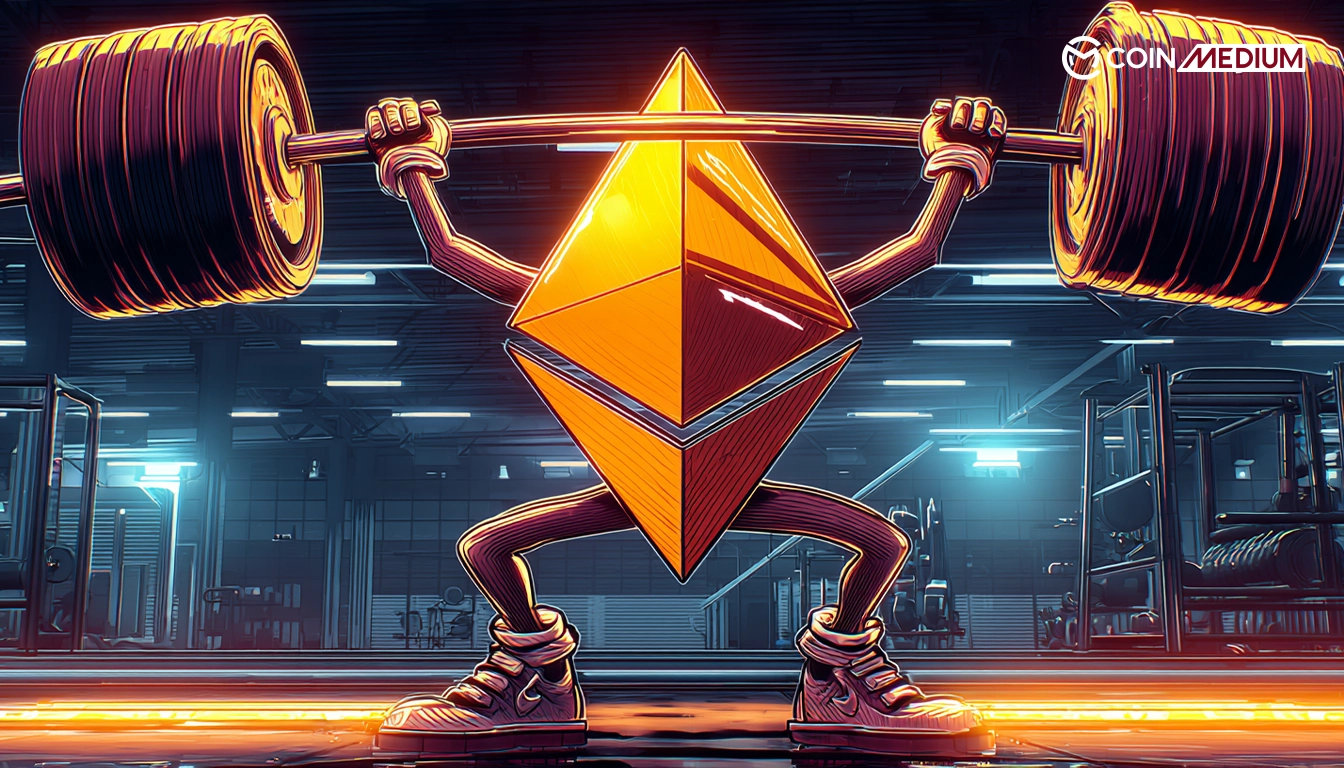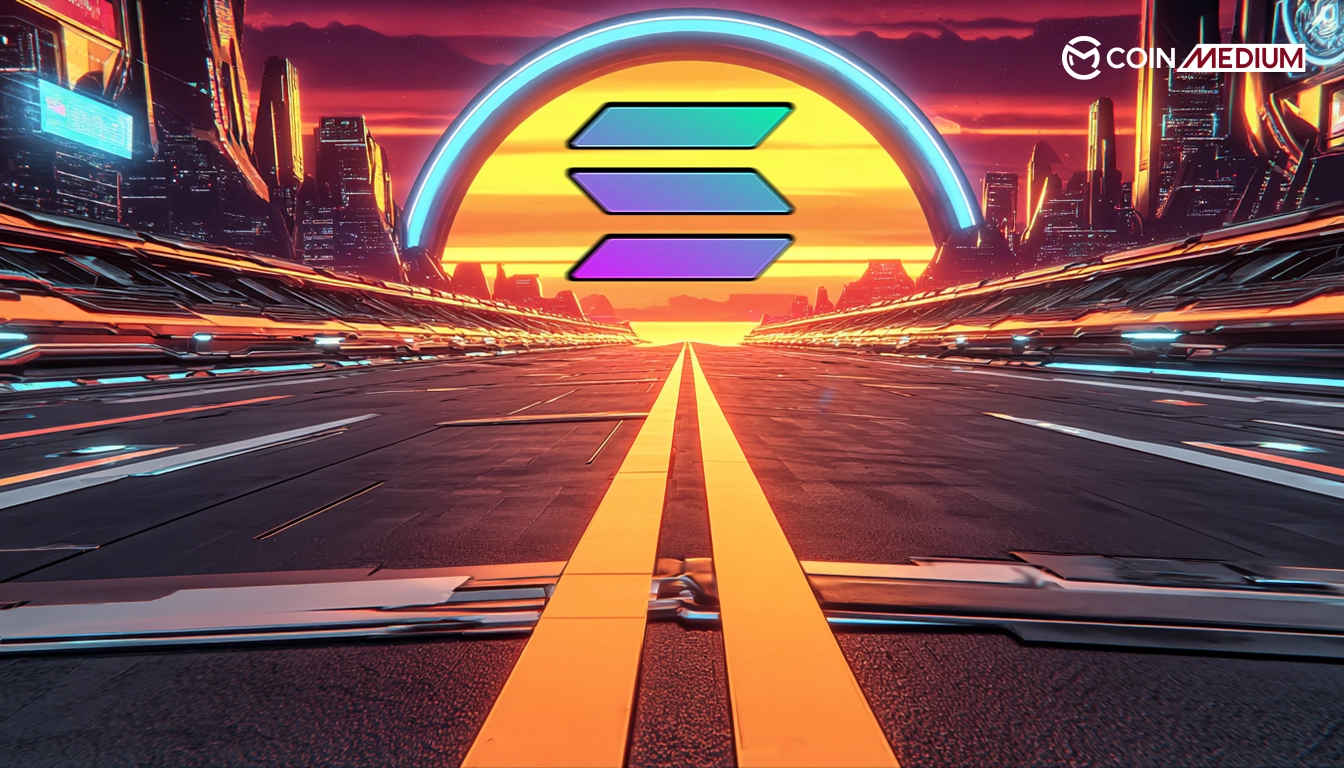- Ethereum, the second largest blockchain and cryptocurrency by market cap, is set to go live with two major upgrades in November 2025 and early 2026.
- These upgrades have two things in common: a proposed higher gas limit for transactions and reduced block time for faster and more efficient transactions on Ethereum.
- The Ethereum community is pushing for more frequent upgrades, with Fusaka set to be released six months after the recent Pectra hard fork, which introduced account abstraction, increased the validator staking limit, and improved Layer-2 network efficiency.
Fusaka Upgrade: What It Means & When Will It Go Live on Ethereum?
The last major update on Ethereum was on May 7, 2025, with the Pectra upgrade.
It brought about 11 significant enhancements, primarily focused on improving the network’s speed, cost-efficiency, and overall usability. Key improvements include a substantial increase in the validator stake limit, now allowing up to 2048 ETH (up from 32 ETH), alongside faster validator activation.
So how is the Fusaka upgrade different from Pectra? Its primary focus is on deeper scalability through fundamental changes to Ethereum’s data handling and state management, as well as further improvements to the network’s resilience.
Furthering Ethereum’s growth, the next upgrade is the Glamsterdam hard fork scheduled to go live in 2026. Having said this, the Ethereum developer community has been pushing for faster upgrades.
Fusaka is the next major hard fork, and its primary focus is on deeper scalability. ethPandaOps, a community focused on enhancing the Ethereum network, announced that the Fusaka hard fork will launch its next devnet on 23rd July. It’ll include 11 Ethereum Improvement Proposals. Fundamental changes to Ethereum’s data handling and state management, as well as further improvements to the network’s resilience. One of the proposals include EIP-7825 which will implement a protocol-level cap on the maximum gas used by a transaction to go through.
Current transactions taking place on the chain are taking too much gas which also leads to malicious attacks and puts burden on the overall validator network making Ethereum slow and less profitable for network participants.
Ethereum’s core developers have put forward a proposal to significantly increase the network’s overall transaction capacity by raising the block gas limit to 150 million.
In April, Ethereum core developer Tim Beiko announced that the EVM Object Format (EOF) upgrade, which has been a point of debate among developers, will not be included in the upcoming Fusaka hard fork.
What is EVM Object Format (EOF)?
The EOF is the core software engine that executes all the smart contracts and transactions on Ethereum. Smart contracts are self-executing contracts that use the if else statement where if a statement is true then the transaction goes through on the Ethereum network.
A smart contract function when called and executed gets compiled into a bytecode. The EOF an upgrade that would change this by introducing a more organized, standardized, and versioned structure for this bytecode. However, as the process suggests, implementing this on Ethereum is a big deal as such an upgrade can take up a lot of time, resources and can be very complicated to carry out.
Upgrades In Line After Fusaka
The Fusaka hard fork is on track for a final launch in early November, following the release of two public testnets scheduled for September and October. The next major update to go live on Ethereum is the Glamsterdam. The specific upgrades that will be included in Glamsterdam are set to be confirmed on August 1, 2025, during the next AllCoreDevs – Execution meeting.
In a recent post, Vitalik confirmed that exactly 50% of the network has voted to increase the gas limit to 45m.
Wrapping Up
Ethereum has been criticized for high gas prices and extremely poor scalability. The chain has been more dependent on layer 2 scaling solutions. A large number of users have already moved away to layer 2 solutions or Ethereum killer chains like Solana. With Ethereum’s next move to optimise gas limit and block height in the upcoming upgrades, the chain could potentially get a higher number of users.
Besides user acquisition, Ethereum’s price could also see a major uptick in 2025 and 2026. ETH is trading at 3,770.53 USD at the time of writing.



